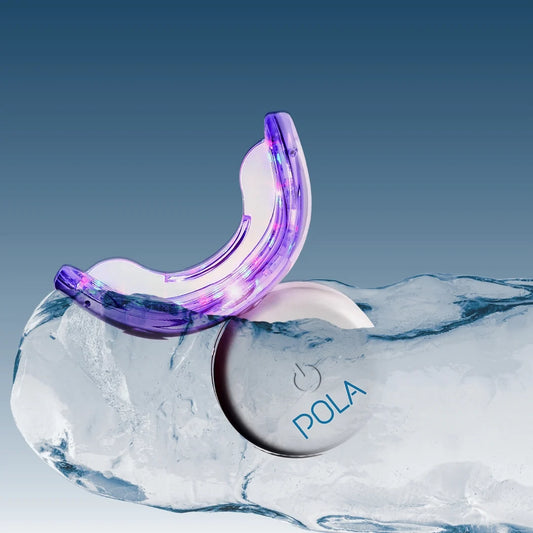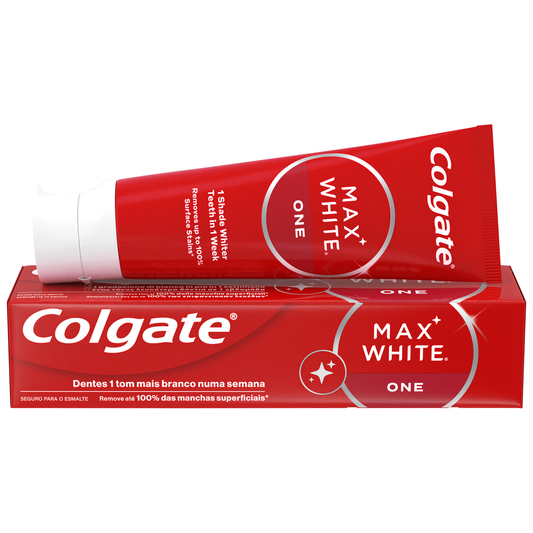Tooth sensitivity after whitening: what to do?
Tooth sensitivity is one of the most common side effects after teeth whitening. Many people experience discomfort when eating hot, cold or acidic foods in the days following the procedure. This discomfort can range from a mild discomfort to more intense pain, depending on each person’s oral health and the type of whitening performed. But why does this happen? How can this sensitivity be effectively relieved and future complications avoided? In this article, we explore the main causes and present practical solutions to deal with the problem.
Why does tooth sensitivity occur?
Teeth whitening works by using chemicals such as hydrogen peroxide or carbamide peroxide that penetrate the tooth enamel to remove deep stains. During this process, the dentinal tubules – small channels in the tooth structure that connect the surface of the tooth to the nerve inside – may be temporarily exposed, making the teeth more sensitive to external stimuli. This sensitivity is usually temporary, but it can be quite uncomfortable for some people, especially those who have a history of tooth sensitivity.
How long does tooth sensitivity last?
The duration of sensitivity after whitening varies from person to person. In general, symptoms can persist between 24 and 72 hours after the procedure. However, in more sensitive cases, discomfort can last up to a week. The intensity of sensitivity depends on factors such as the concentration of the products used, the time of application and the general condition of the teeth before the procedure. If sensitivity persists for more than a week, it is recommended to consult a dentist to evaluate possible complications.
How to reduce sensitivity after whitening?
1. Use toothpaste for sensitive teeth
Choosing toothpastes formulated for sensitive teeth can help reduce discomfort. These products contain ingredients such as potassium nitrate and stannous fluoride, which help block dentinal tubules and reduce the transmission of painful stimuli. Continued use of this toothpaste can prevent future episodes of sensitivity.
2. Avoid very hot or cold foods and drinks
In the first few days after whitening, avoid consuming extremely hot, cold or acidic foods and drinks, as they can intensify sensitivity. Citrus foods, soft drinks and coffee are examples of substances that can aggravate discomfort. Opt for warm and neutral meals during this period.
3. Use a desensitizing gel
Gels formulated to reduce sensitivity can be applied directly to the teeth to provide quick relief. Fluoride-based or desensitizing products help remineralize the enamel and strengthen the tooth's protection. For best results, consult your dentist about which product is best for you.
4. Avoid brushing your teeth hard
Using soft-bristled toothbrushes and brushing gently can help prevent irritation of the enamel and gums, reducing sensitivity. Brushing your teeth too hard can wear down the enamel and further expose the dentinal tubules, making the pain worse.
5. Reduce the frequency of teeth whitening
If sensitivity is severe after each whitening session, consider spacing out your treatments. Over-whitening can weaken your tooth enamel, making your teeth more vulnerable to sensitivity and other oral health problems.
6. Consult your dentist if the problem persists.
If sensitivity does not subside after a few days, it is essential to see a dentist. He or she may recommend additional treatments, such as in-office fluoride application, use of protective varnishes, or adjustments to the whitening protocol to minimize side effects.
Conclusion
Tooth sensitivity after whitening is common, but can be minimized with proper care. Using appropriate products, avoiding irritating foods, and maintaining good oral hygiene are essential steps to ensuring comfort after treatment. If discomfort persists, professional guidance is essential to avoid complications and ensure a beautiful, healthy smile.



